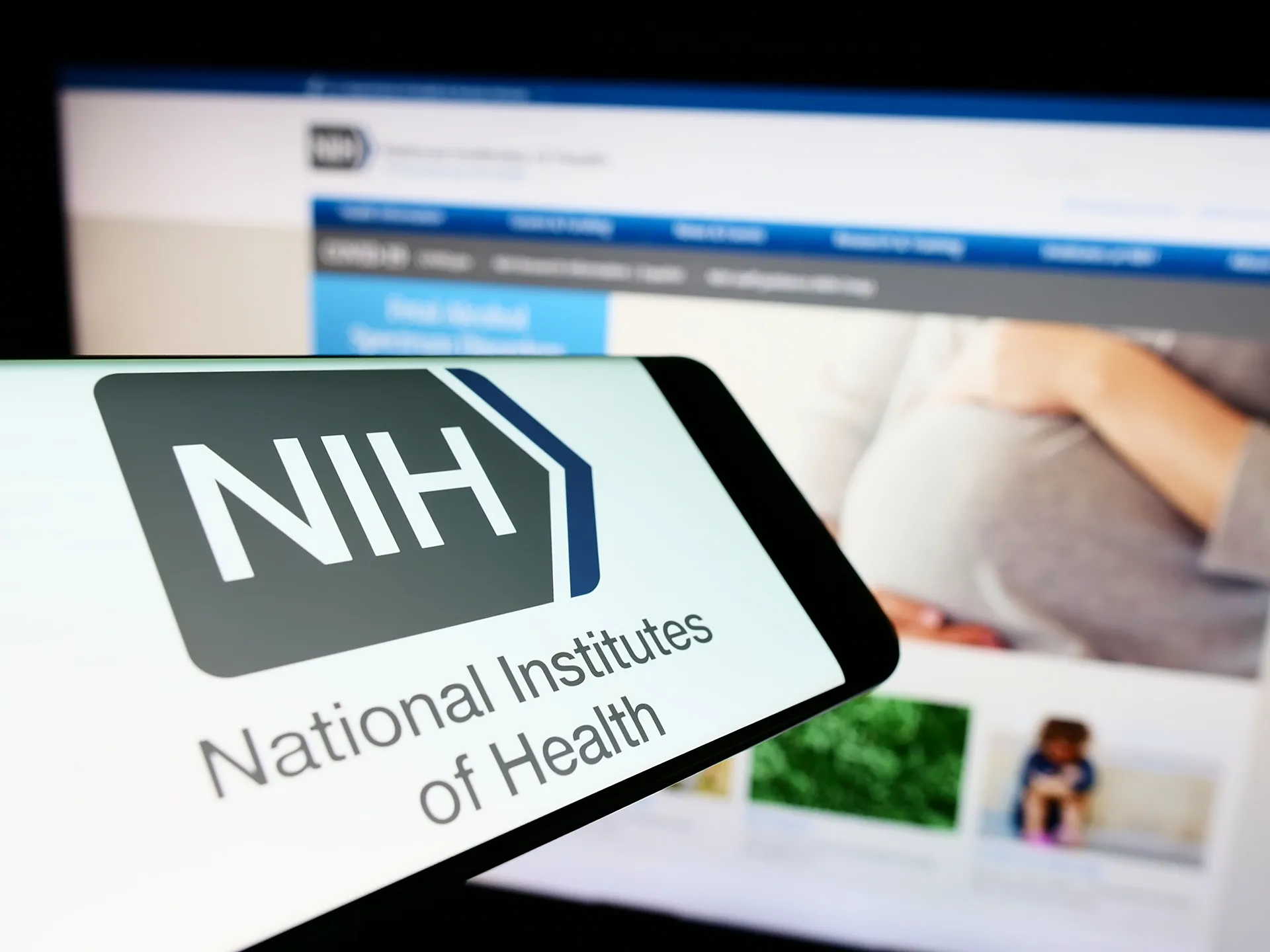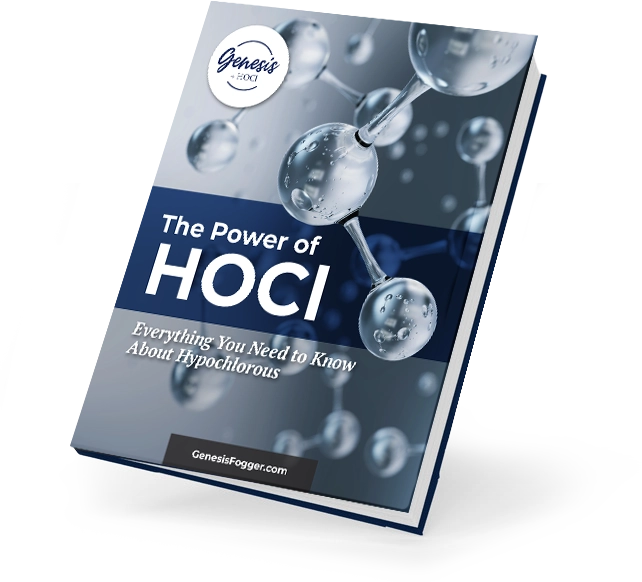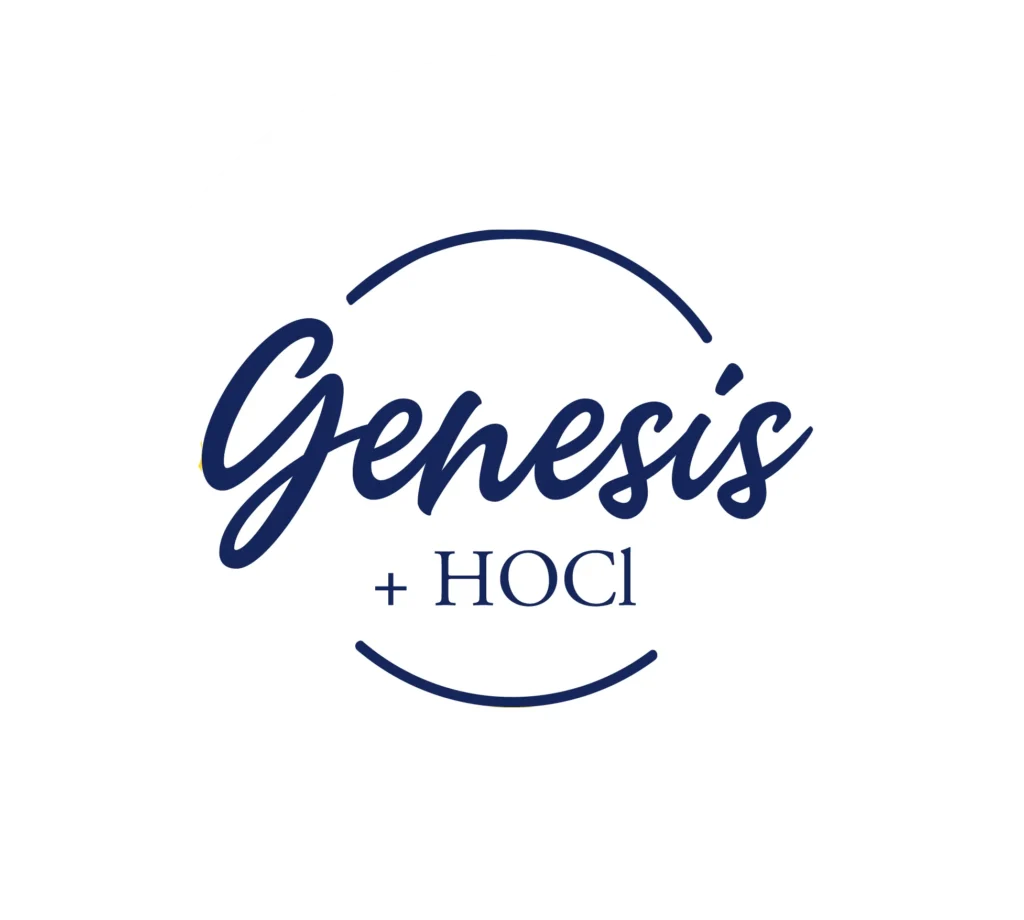
NIH stated “HOCl may be the disinfectant of choice for coronaviruses. HOCl fogging is the decontamination technique that best suits the needs of the dental clinic [or any space] with its ability to disinfect large areas by producing small, aerosolized particles to control noroviruses.
Another NIH study determined that a no-touch fogging dispensing of HOCl at a low concentration of 20-200 ppm reduces the virus transmission from one site to another.
HOCl has been shown to inactivate a variety of viruses including coronaviruses in less than 1 minute. At a concentration of 200 ppm, HOCl is effective in decontaminating inert surfaces carrying noroviruses and other enteric viruses in a 1-minute contact time.
In addition to the use of HOCl as a liquid-based disinfectant, fogging with hypochlorous vapor has shown virucidal activity against numerous types of viruses and bacteria
This is of potential benefit to disinfect large spaces such as medical and dental offices [or any environment] where aerosols can be airborne for extended periods.
Another NIH study has shown that fogged HOCl was able to decontaminate environmental surfaces carrying antibiotic resistant Staphylococcus aureus (methicillin resistant) and Acinetobacter.
The above linked NIH studies evaluated fogging at the exact particle size range that the Genesis Fogger produces (range of generated droplets evaluated was between 20 and 50 μm).
The decontamination technique that best suits the needs of the dental clinic is hypochlorous acid which can be sprayed via a device at high turbine speed with the ability of producing small aerosol particles, recommendable also for their low cost.
NIH also wrote “HOCl is used in the treatment of [eye inflammation] by reducing the bacterial load on the surface of the eye.” It is safe and used for nasal irrigation in patients affected by chronic sinusitis. A study showed a low (0.85%) concentration HOCl solution can be used as an effective nasal irrigation solution.
Note: This study specifies that no-touch methods, such as HOCl fogging, augment standard manual cleaning and disinfecting protocol.
HOCl…the disinfectant of choice for all strains and variants of SARS-CoV-2 (COVID-19)

Disclaimer: The information on this site is not intended or implied to be a substitute for professional medical advice, diagnosis, or treatment. Always seek the guidance of your doctor or other qualified health professional with any questions you may have regarding your health or a medical condition.


Curious about Hypochlorous? This free guide goes over everything you need to know!